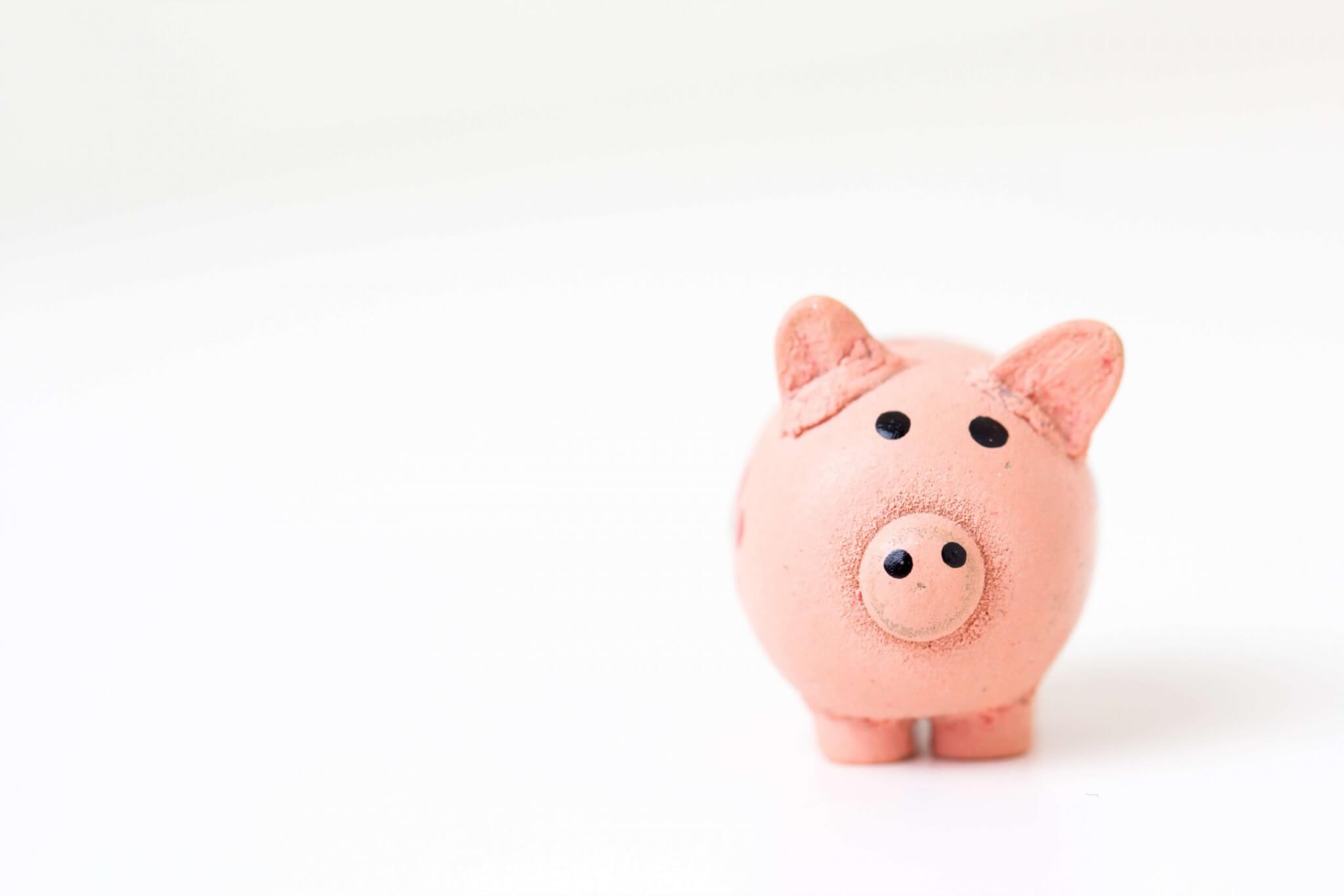An Emergency Fund is Paramount to Your Mental Health – Here’s Why

Short and Sweet Summary: Now that you’re on your own, setting up an emergency fund is a practical way to reduce stress and ease the financial anxiety that comes with those not-planned-for emergencies. Cutting a few monthly expenses could help fund your emergency account and give you the peace of mind to handle any crisis that comes your way.
If you don’t have an emergency fund, we can’t be friends.
Goodbye.
Just kidding.
I love you.
Seriously though, I’m going to enter into some tough love territory here, so don’t close out of this post too quickly. Put down the mouse. In the interest of keeping my promise to offer practical tips for navigating your new normal, I’m not about to give you ways to start an emergency fund that aren’t practical.
First of all, I know what you’re thinking…
“WTF? I need to pay myself first. I need the proper insurance. And now I need an emergency fund, too? Where am I supposed to get all this money?”
Good questions. All of them. While I understand your angst (I really do) we’re only focusing on emergency funds here. Because having a stash of cash to cover unforeseen expenses is the best thing you can do for your mental health.
Here’s the bottom line:
Your anxiety level will drop significantly just by knowing you can cover the cost of a car repair or an emergency room visit with cash and not be on the hook for out-of-this-world credit card interest rates.
WHAT IS AN EMERGENCY FUND
An emergency fund is a money market account (or another interest-bearing account) where you stash some cash for…you guessed it…emergencies. It’s a savings account, yes, but it’s strictly for emergencies only.
Unlike your normal savings account where you withdraw cash for a movie matinee or you treat the kids to dinner out, the fund you use for emergencies is for things that happen outside of your control. Your car breaks down. Your kid breaks his wrist doing skateboard ollies (damn all wheeled apparatus!) or your A/C breaks on a 95° day.
Shit happens.
I just had an unexpected car repair. To the tune of $750.00 that might or might not have fixed the problem. Grrr….But, I have funds set aside so I was able to pay cash for the repair.
Without an emergency fund, I would have been forced to put the expense on my credit card and pay an additional 18% interest on the repair until I pay it off.
Ouch.
BENEFITS OF AN EMERGENCY FUND
If you had a little extra money tucked away for emergencies, you would probably sleep a whole lot better at night. Benefits of having an emergency fund include:
- Reduce Stress. Financial stress is huge. We are responsible for every facet of our family’s financial well-being. It’s an awesome (daunting, not impressive) responsibility. Reduce your financial stress and anxiety by about, oh I don’t know, a quadrillion and sock away some cash for your emergency fund.
- Reduce Spending. Putting your emergency savings in a separate, dedicated account limits your access and reduces the temptation for frivolous spending.
- Reduce Bad Financial Decisions. Paying cash for emergencies eliminates credit card interest payments, borrowing from family or friends, or withdrawing from retirement accounts.
HOW MUCH TO ADD TO AN EMERGENCY FUND ACCOUNT
Here’s the simple answer to funding your emergency account: Add whatever you can.
Even if you only have $1000 in your account, it’s better than nothing. You could cover a $750 unexpected car repair. The goal is to have more than $1,000 in an emergency fund because unexpected things come up all the time, but start, or add, wherever you can.
The general rule of thumb is to have 3-6 months worth of expenses in an emergency fund. Therefore, if your monthly expenses are $5000, then you should have $15,000 – $30,000 in an emergency fund because you could theoretically cover your expenses if you lost your job. While this is a great goal, don’t panic if you don’t think you can reach that goal. Stashing away small amounts here and there can really add up. If you saved $25 per week, you could have $1300 at the end of one year. If you saved $50 per week you could double that to $2600 saved at the end of one year.
FINDING CASH FOR YOUR EMERGENCY FUND
Adjusting just a few small expenditures could net you some serious emergency fund cash.
Do you need to eat out every week? Nope, you don’t. Does junior need an Under Armour dry-fit shirt? Well, maybe, if you can get it at the outlet mall ON THE SALE RACK. I never pay full price for Under Armour anything. Lattes at $5 apiece? I think not.
The trick is to put on your creative thinking cap. For example:
- Eat out one less meal per week. If you typically spend $15 on lunch (with tip) you could save $60 per month or $720 per year by eliminating this expense.
- Cut the cable cord. Depending on your service and area you could save as much as $75 per month by getting rid of cable and using a streaming/subscription service. That’s $900 per year toward your emergency fund.
- Sell some shit. Make money clearing out your old CDs, DVDs, games, books, cell phones, and other tech items. Decluttr pays you for your unwanted stuff in one simple transaction and shipping is FREE.
- Cancel your gym membership. Since a gym membership where I live is about $80/month I say, “thanks but no thanks.” Seriously. I can create a home workout program for a lot less. Savings = $900/year.
- Don’t pay full price for anything. Whether it’s using coupons at the grocery store, shopping the sale rack at the department store or using the occasional Groupon for instant savings, go where the deals are. Put the extra savings in your emergency fund.
WHERE TO STASH YOUR CASH
An emergency fund is cash that is readily available to you. A money-market account or checking account is the best option for quick access to cash. Don’t put your emergency fund in a CD or other long-term financial account that would limit its availability or stick you with an unnecessary withdrawal penalty.
Or use an envelope and put $10 in every week. Keep track of every deposit and watch your emergency fund expand week by week.
WIDOW WRAP UP
Accidents happen. Unforeseen emergencies crop up every day. And everything costs money. You could find yourself paying exorbitant credit card interest rates if you don’t have the cash to pay for those unanticipated expenses.
Setting up an emergency fund is a practical way to reduce stress and alleviate the financial anxiety that comes with those not-planned-for emergencies. Simply cutting a few monthly expenses could help fund your emergency account and give you the peace of mind to handle any crisis that comes your way.
Here are some other helpful tips to come up with extra emergency fund money. Can you find some examples in 33 Painless Ways to Save Money Now or 12 Ways to Save Money and Add $5K to Your Bank Account This Year to add to your emergency fund?
Go forth and save money, my widow friends. You’ve got this.

